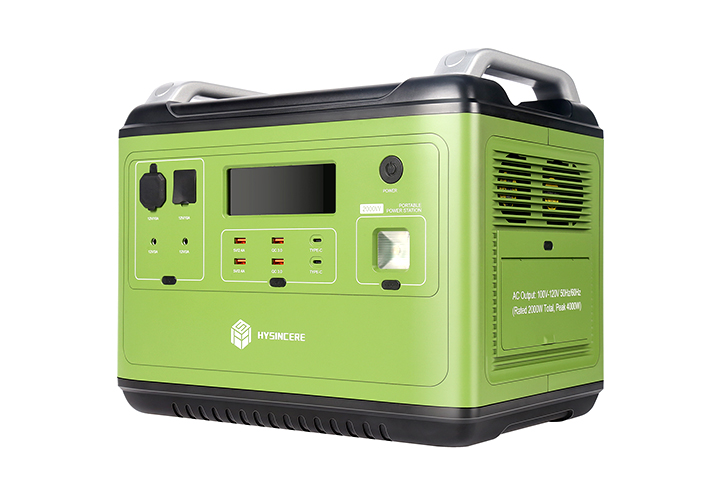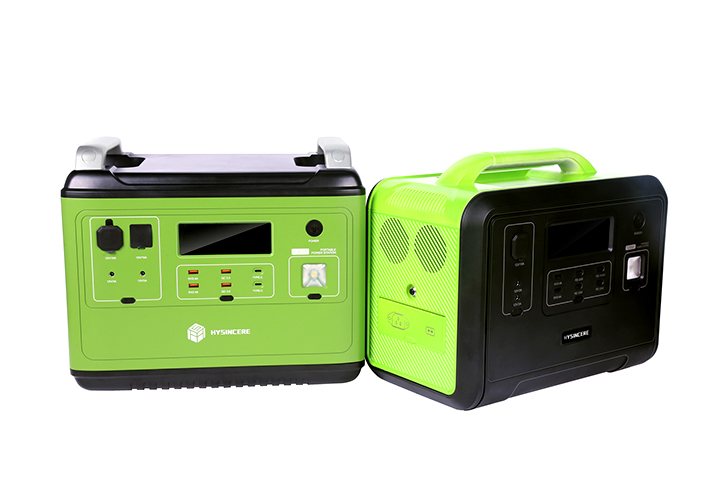
The electromotive force of a battery, also known as the standard voltage or theoretical voltage of the battery, is the potential difference between the positive and negative poles when the battery

capacity The capacity unit of a battery is coulomb (C) or ampere hour (Ah). There are three specialized terms for characterizing the capacity characteristics of batteries: a. Theoretical capacit

Air battery (zinc air battery, Aluminium–air battery) Fuel cell fuel cell is a device that directly converts Chemical energy into electrical energy. Its positive electrode is an oxygen electrode,

New energy vehicles mainly consist of battery drive systems, motor systems, electronic control systems, and assembly components. The motor, electronic control, and assembly are basically the same a

The power lithium battery reuse terminal mainly targets areas such as home energy storage, stores, new energy distributed generation, disaster prevention strongholds, and communication base statio

The reuse of power lithium-ion batteries refers to the intermediate stage between new energy vehicles and the resource utilization of power lithium-ion batteries. By disassembling, testing, and cl

The reuse and recycling of power batteries are both less considered links in China's new energy vehicle industry chain, and the massive processing of power lithium batteries brought about by t

Lithium iron batteries are a new type of green, high-energy chemical power source that was successfully commercialized by the American company Yongbei after 2000. They have shown excellent perform

1: Used for battery electrode coating; High purity nano aluminum oxide VK-L500 has insulation, heat insulation, and high temperature resistance properties; With the continuous improvement of the

The selection of electrolytes has a significant impact on the performance of lithium-ion batteries. They must have good chemical stability, especially in high potential and temperature environment